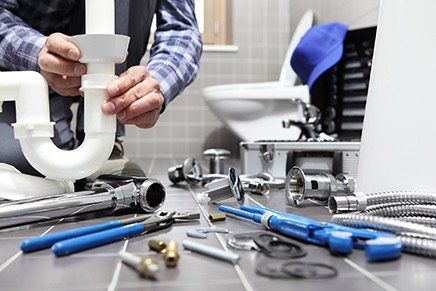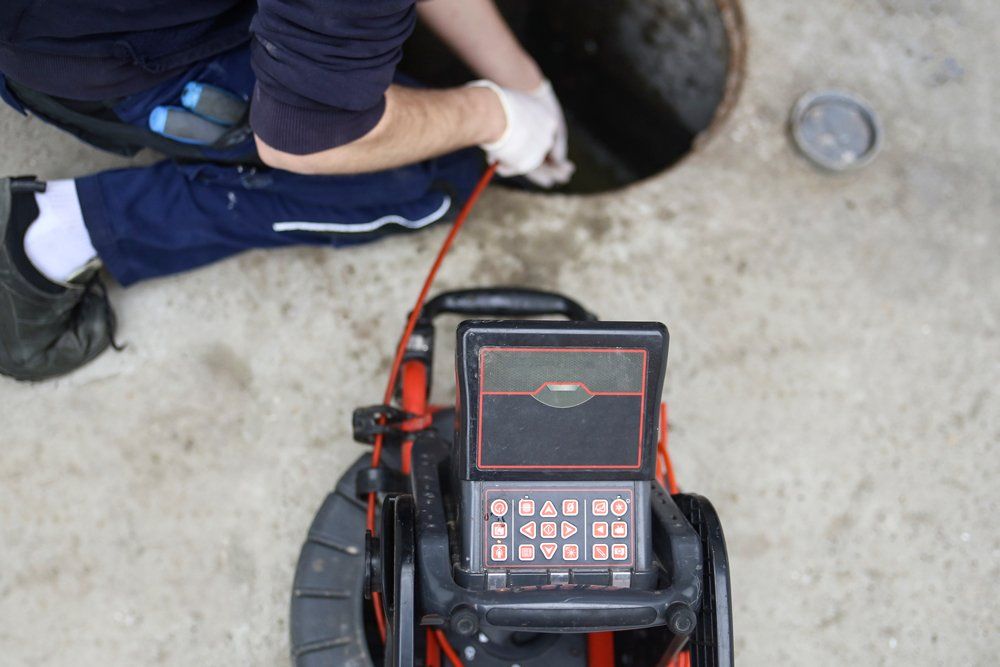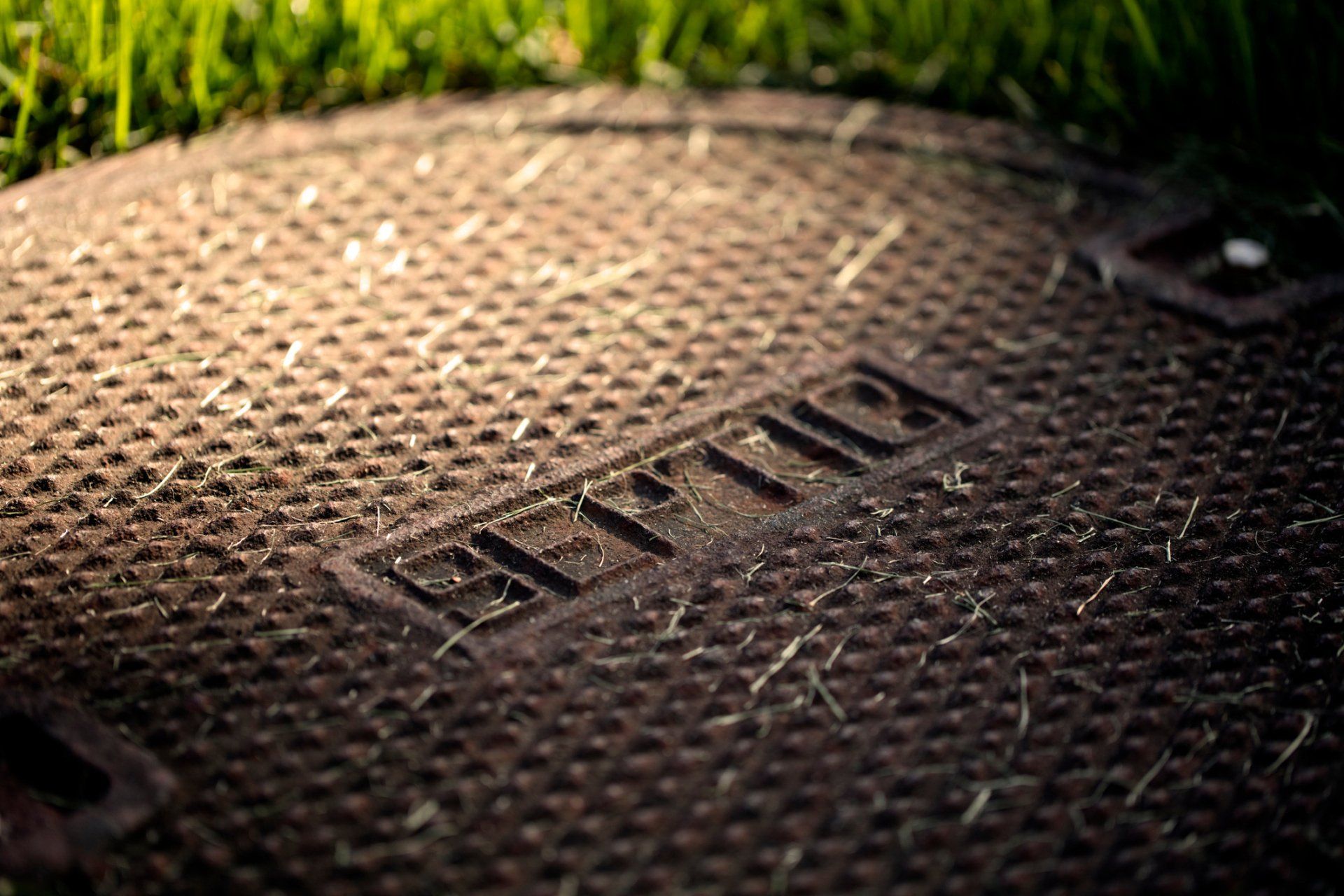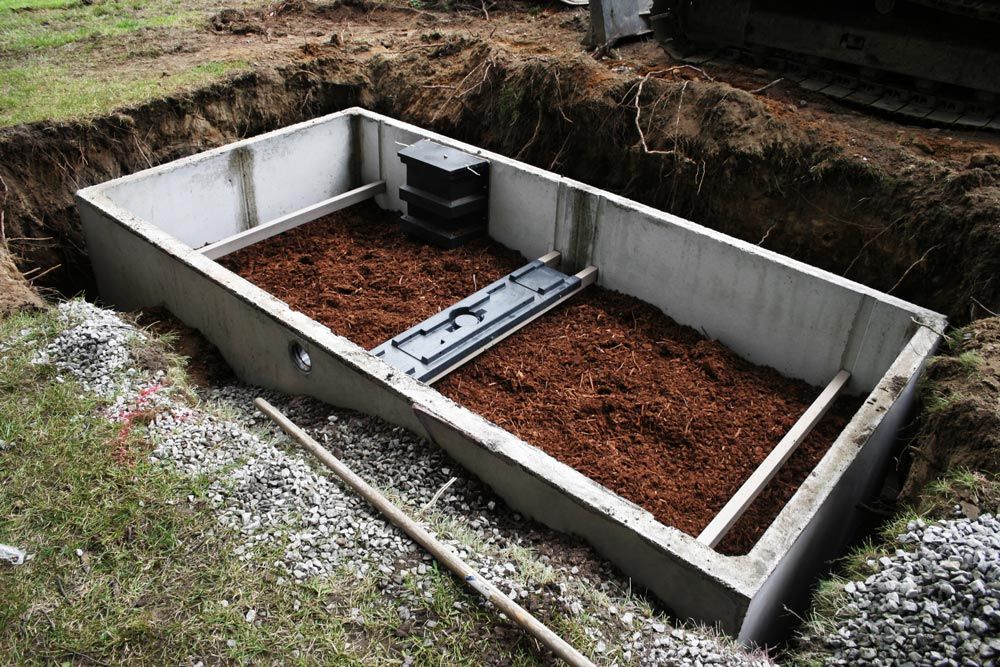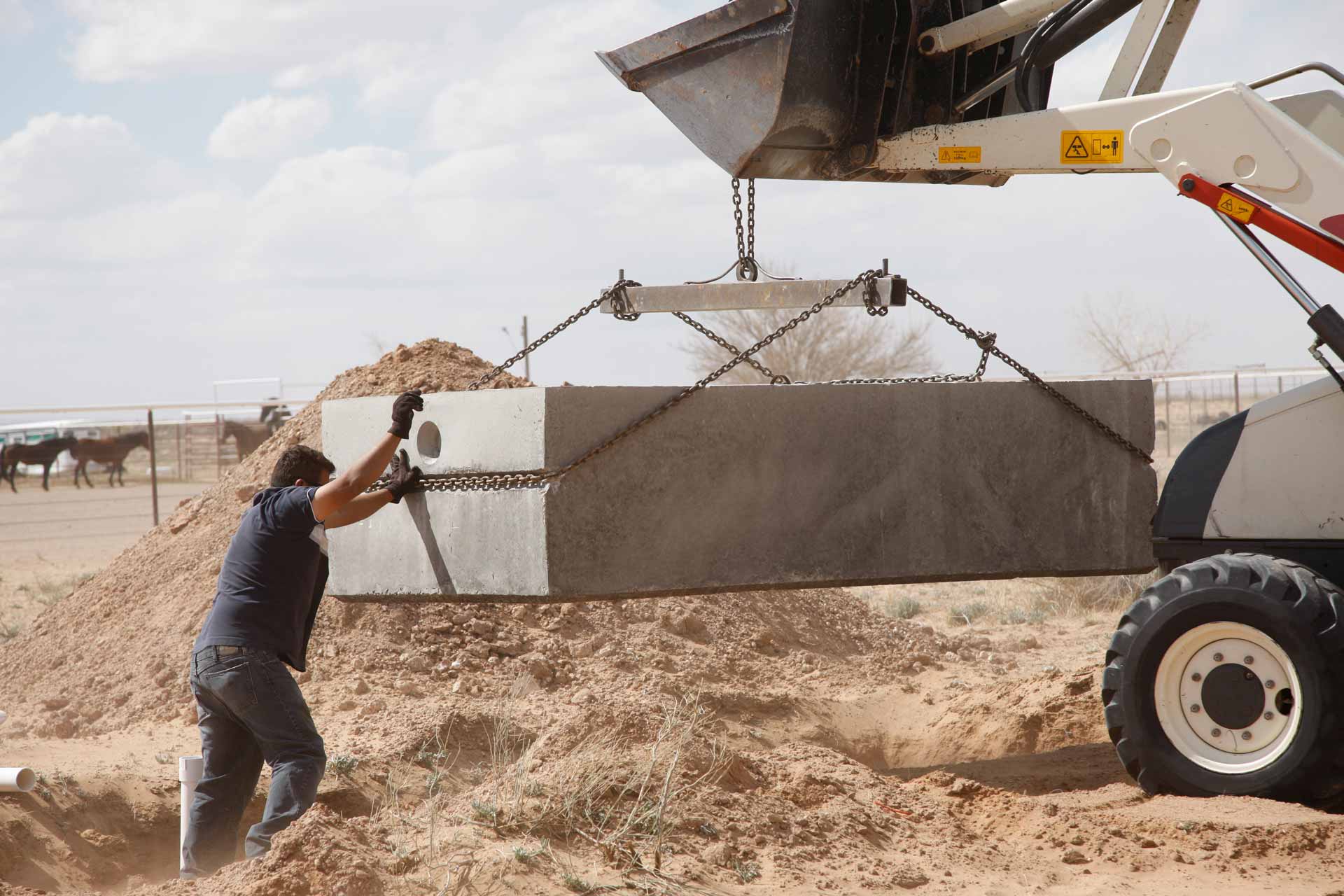Restaurants rely on grease traps to ensure that their plumbing systems remain working the way they should. Without a grease trap, fat, cooking oil, and grease would soon lead to the formation of clogs in your pipes. Such clogs, in turn, would lead to the need for expensive repairs, while potentially preventing your restaurant from running as normal.
Of course, simply installing a grease trap won't solve all of your problems. Instead, you will need to have it regularly cleaned and serviced. If you would like to learn more about some of the issues that a professional can help keep at bay, read on. This article will discuss three problems frequently encountered by grease traps.
1. Full Trap
The most commonly encountered grease trap problem — a full trap — stems from a lack of timely servicing. If your grease trap becomes excessively full, grease will begin spilling out of the primary compartment into the secondary one. This will soon lead to clogs in the lines leading into and out of the grease trap.
A full trap will also restrict the flow of water through the system. As a result, you may find that water has begun backing up in your sinks and dishwashing pits. A foul odor, either in your kitchen or outside near the grease trap, also indicates that you may be overdue for a cleaning. The longer you go without addressing the problem, the more complications will ensue.
A full grease trap may even put you at legal risk. Make sure that you understand the regulations governing grease trap maintenance in your area. Because a full grease trap represents a potential fire hazard, many municipalities have strict guidelines about how often grease traps must be emptied. To be on the safe side, never let your trap become more than ¼ full without contacting a professional to empty it.
2. Crossover Clog
A grease trap contains three main pipes: the inlet pipe, crossover pipe, and outlet pipe. The inlet pipe routes water, grease, and food solids into your grease trap's primary compartment. From there, a special component known as the crossover pipe leads to the secondary compartment. Finally, the outlet pipe allows water to enter your restaurant's sewer line, en route to your municipal processing plant.
The crossover pipe can be found in the wall separating the two components. It sits at an angle pointing into the primary compartment. Because floats at the surface of the water, this orientation ensures that mainly water makes it through into the secondary compartment. Of course, over time, some food and grease will find its way into the crossover pipe.
Eventually, the crossover pipe may even become clogged. This will result in the liquid level of the primary compartment rising above its maximum threshold. Eventually, liquid may even begin leaking out of the primary compartment back into your kitchen's plumbing fixtures. Meanwhile, the liquid level in the secondary compartment will not appreciably diminish.
3. Outlet Clog
Many restaurant owners encounter grease traps with clogs in the outlet pipe. This occurs as the result of grease and debris that has found its way from the primary to the secondary compartment. This may happen if the primary compartment overflows. It may also stem from particles finding their way through the crossover pipe over time.
An outlet clog should be easy to diagnose since it will cause both of your grease trap's compartments to begin overflowing. A technician must then be called in to try and break up the clog.
If you believe that your grease trap may be suffering from any of the problems discussed in this blog, don't hesitate to seek professional help. For more information about having your grease trap cleaned and maintained,
call the experts at Pete's Outflow Technicians.

